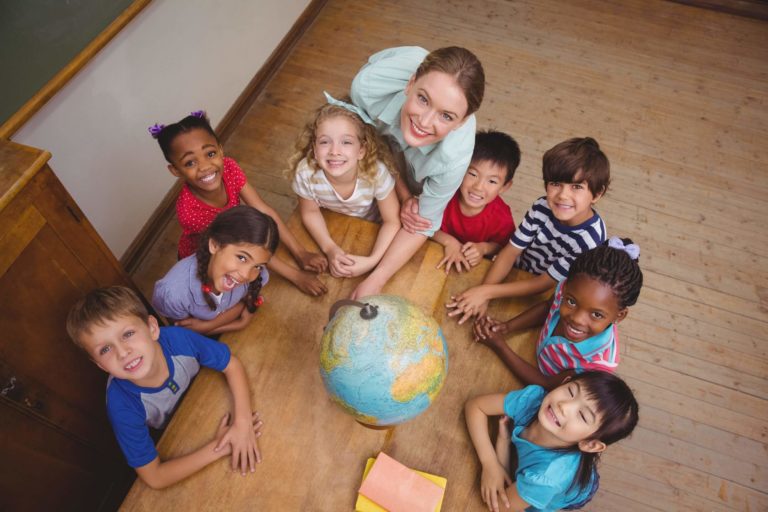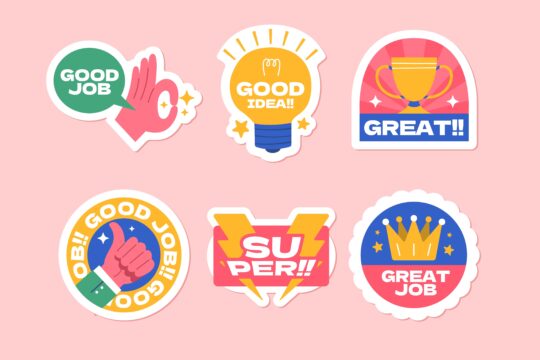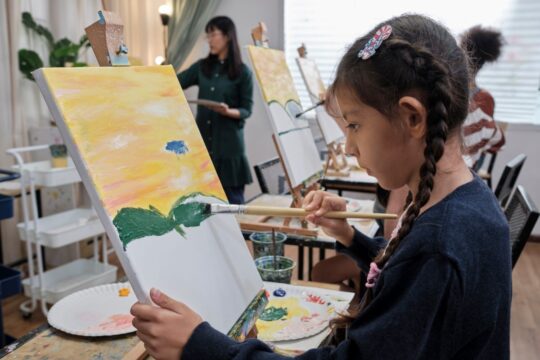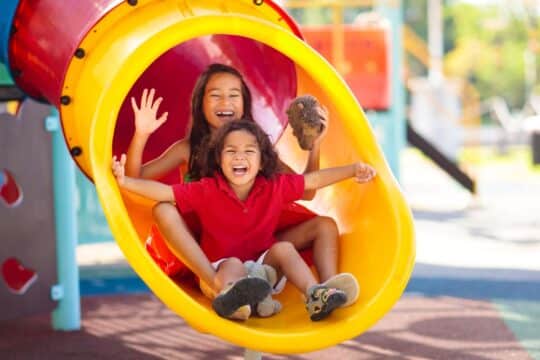When today’s toddlers join the workforce, their abilities to work globally and cross-culturally will be mandatory. Where in decades past this was a skill that was seen as an added bonus, it is now practically a requirement for school-aged kids. In order for these digital citizenship skills to develop, educators today need to be globally competent. If not taken seriously, classroom isolation could put students in jeopardy of not reaching their fullest potential. Below you will find why classroom isolation can limit learning experiences, how to create virtual classroom partners, resources for reaching out to scientists, ways to connect nationally to internationally, and how to partner with other classrooms to insure classroom isolation does not exist.
Why Classroom Isolation can Limit Learning Experiences
Classroom isolation can limit learning experiences when teachers only use resources within their classroom. With the immense amount of teaching activities and instructional content available on the web, it could do students an injustice if teachers don’t dig into their digital toolbox. Simple searches on websites like Discovery Ed open the door to hundreds of resources that take learning beyond the classroom walls and into the real world. Additionally, teachers can use one of the most readily available resources they have access to: their colleagues. One of the easiest ways to combat classroom isolation is by walking next door and asking for help or for ideas from teammates. After all, these teaching partners are teaching the same content and likely come with the experience of shaping various resources to meet each student’s individual needs.
Create Virtual Classroom Partners
Another way to overcome classroom isolation is by creating virtual classroom partners. This 21st century makes it easier than ever to connect with classrooms around the world. One virtual classroom tool that has become popular is called Empatico. This website is 100% free for educators and is great for students ages 6-11. It combines live video with research-based activities that are designed to foster meaningful connections among students. There are 148 countries connected by Empatico and nearly 48,000 students who have shared experiences from the people they have met by using this educational tool. Virtual classroom tools such as this are helping to connect students and cultivate their global citizenship skills. What better way to stop classroom isolation then by virtually connecting with students around the world?
Get in Touch with the Real-World
Another easy way to get in touch with the world outside the classroom walls is by bringing in real people from the community. Is your class studying agriculture? Why not bring in a local farmer to share what it’s like to farm crops. Are your students learning about businesses? How about bringing in a store owner from the community to share what it’s like to manage their business. Members in the community are often very willing and eager to help out local classrooms. Also, how inspiring is it for students to learn from the people that live and work in the houses and buildings around them? If teachers are not sure who to invite into their classrooms first, why not turn to the parents of the students in the class. Students often are proud to have their parents as guest speakers, and parents love seeing the dynamics and energy of eager learners.
Reach out to Scientists
Bringing in members from the community is a great way to help overcome classroom isolation. Another idea that is sure to engage young learners is to use websites such as Skype a Scientist to connect with real professionals. This website allows real life scientists to reach students from all over the world without leaving their labs. There are thousands of scientists ready to chat or available to schedule a Skype session with. Global citizenship can be fostered by giving students a look into scientists around the world and what roles they have in taking care of our world.
Connect Nationally and Internationally
Connecting nationally and internationally with professionals such as scientists can help broaden students’ perspectives. Another way to foster students’ global perspectives is to get involved with events and initiatives happening outside of the school district. One Tree Planted is a non-profit program focused on global reforestation in North America, Latin America, Africa, and Asia. The website provides access for teachers to lesson plans, resources, and fundraisers that they can take part in. There is also an interactive global forest watch tool students can use to explore tree cover loss and forest change. One Tree Planted and other international initiatives are just one way to help widen students’ worldly understandings.
Partnership with Other Grades
A final idea to help overcome classroom isolation is to create a partnership with other grades in the building or in neighboring elementary, middle, and high schools. For example, an elementary science class could connect with a high school science class. They could participate in an experiment together or give a joint presentation. Activities such as these build collaboration skills and teach students how to work with people outside of their close-knit classroom. Connecting with other grades can help develop the understanding that people have different ideas, perspectives, and viewpoints and that everyone can still work together towards a shared goal.
Conclusion
Students today need to learn not only reading and math skills but also the skills to work globally and cross-culturally. Classroom isolation, when teachers only use the resources and ideas inside their classroom walls, can limit learning experiences and hinder the development of the global citizen. By using resources such as virtual classrooms, connecting with real-world people such as scientists, and reaching out to colleagues for ideas and resources, students’ awareness of the wider world and their understanding of how they fit in it is strengthened.




